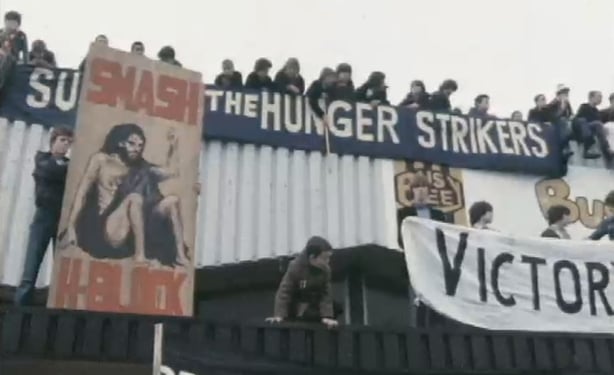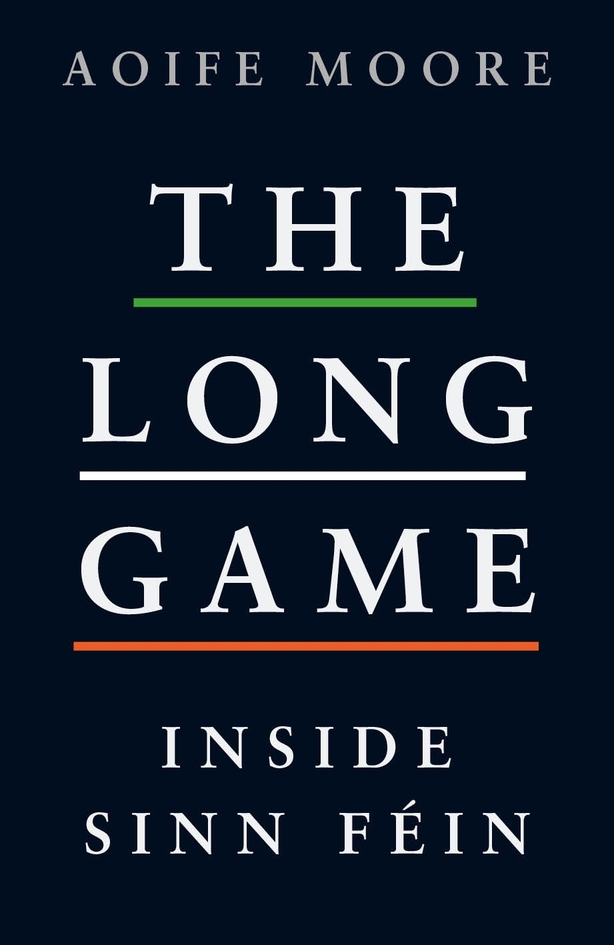We present an extract from The Long Game: Inside Sinn Féin, the new book from award-winning journalist Aoife Moore.
Sinn Féin is the most popular political party in both Northern Ireland and the Republic. A movement once synonymous with a paramilitary campaign is on the brink of taking real power through purely democratic means. But if Sinn Féin has mastered the art of electoral politics, it remains strangely opaque. Who really runs the party? How is it funded? And what can we expect of it as a party of government?
Frank Maguire, a 51-year-old pub landlord, was originally from Gort, Co. Galway. He had been interned for IRA membership in his youth.
Following in the footsteps of his uncle John Carron, who was elected to Stormont for Fermanagh South in 1965, Maguire was elected to Westminster as a 'Unity' MP for Fermanagh–South Tyrone in October 1974. The ‘Unity’ designation was used by candidates acceptable to both nationalists and republicans, and allowed for the representation of republican voters while Sinn Féin continued to abstain from elections. Maguire polled 32,795 votes, 2,510 more than the unionist incumbent, Harry West.
Maguire spent much of his time as an MP defending the interests of republican prisoners, and was close to Sinn Féin both ideologically and in his approach to Parliament. While he did not formally refuse to take his seat, he never made a speech and attended the House of Commons only once. On that occasion, in November 1976, he flew to Westminster to cast the deciding vote which kept James Callaghan’s Labour government in power, after a Conservative Party attempt to bring it down.
When a similar situation arose three years later, in March 1979, Maguire refused to support a vote of confidence in the Labour government, on the grounds that he had not received adequate assurances about the treatment of republican prisoners in English jails.
As a result, the government fell, and at the ensuing general election the Conservatives, led by Margaret Thatcher, took power. If the government’s approach to republican prisoners under Callaghan had been unsatisfactory to Maguire and other republicans, it was about to become much worse. Maguire, for his part, increased his majority at the 1979 general election. Maguire was a key voice on the National H-Block Committee and used his position as a democratically elected parliamentarian to demand action on the campaign for political status.
On 5 March 1981, Maguire died of a heart attack at his home in the border town of Lisnaskea, Co. Fermanagh.
Four days earlier, Bobby Sands had launched a new republican hunger strike in the Maze prison. This hunger strike was bigger and better conceived than the previous one. Each man who was participating in the strike would begin refusing food at two-week intervals. It was planned that if their demands were not met, the men would die one after another, with new men continuing to join, for as long as it took.

Sands was a popular and handsome 27-year-old. Sands wasn’t from a typical republican background: his father was a Protestant, and he spent most of his time as a child in the mixed area of Rathcoole playing football with Protestant friends. He had joined the IRA in 1972 and was in the H-Block prison on his second conviction. He had been captured in 1976 after bombing a furniture warehouse and getting into a shoot-out with RUC members while trying to escape arrest.
Upon his arrest, Sands spent much of his time in prison writing poetry, had written for An Phoblacht under the pen name Marcella, after his sister, and had once, before his second stint in prison, attempted to set up a community newspaper in Twinbrook.
The hunger strikes quickly became the central drama of life in Northern Ireland. People who hadn’t gone on marches since Bloody Sunday in 1972 now turned out on the streets again, protesting against British policy on prisoners. Rioting was a regular occurrence in cities and towns during the 1981 hunger strike, and 30,000 plastic bullets were fired by the British Army in north and west Belfast alone. In 1981, there were 118 deaths in the Northern Ireland conflict, seventy of which were directly caused by the IRA.

The Long Game is published by Penguin Sandycove

